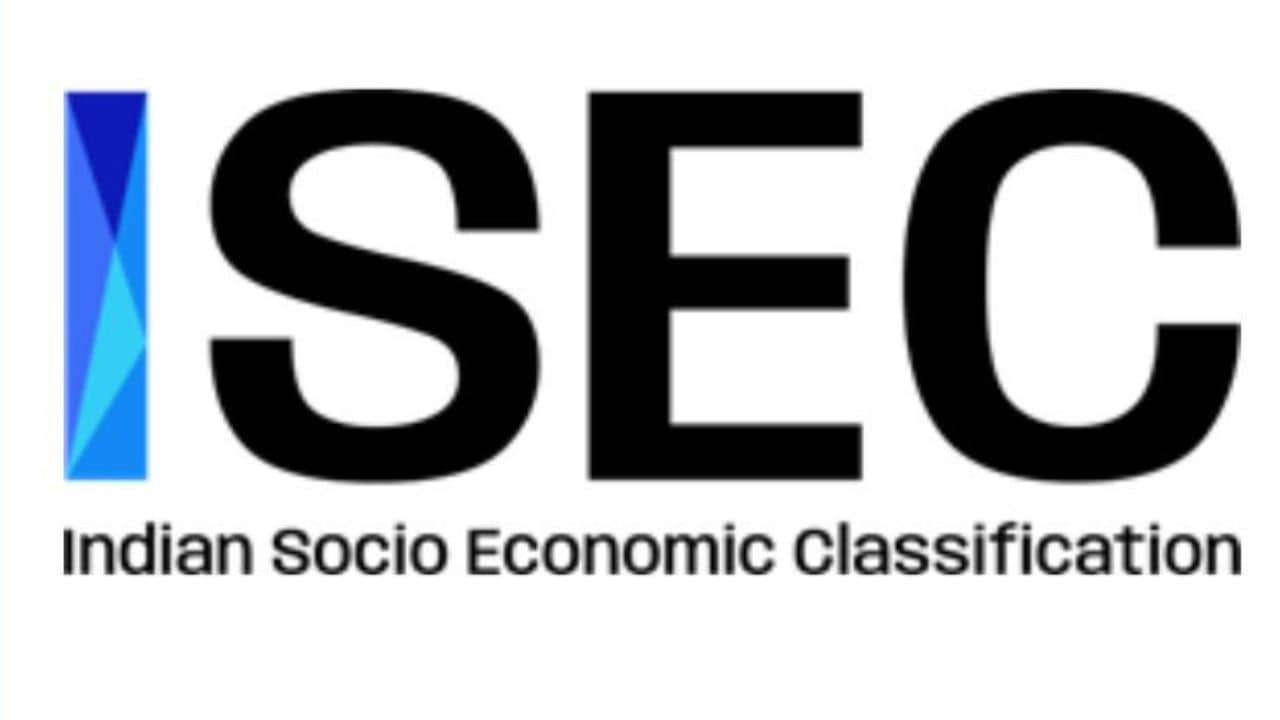For over a decade, the Indian consumer was classified as a high-income household or middle-class based on the educational qualification of the men in the family and the volume of assets in possession. However, the women’s role started evolving in the Indian family and thus a need appeared for a new format.
The Indian Socio Economic Classification (ISEC) is the answer. Research firms, advertisers, and measurement bodies are rapidly adopting ISEC to target households. It has replaced the old tool called the New Consumer Classification System (NCCS) which was implemented in 2011.
ISEC is the first classification which has taken a woman into account. It is the first gender-neutral classification in this country.
We speak to industry experts who share the challenges of NCCS and why ISEC is crucial for the marketing industry.
Read More:Why marketers are shifting from NCCS to ISEC
Jasmine Sachdeva, Managing Partner, Wavemaker India says, “ In so many years, marketing has become more complex. Getting the same growth, getting the same parameters that we were able to target is not the same. We are dealing with someone who has so many more choices. Their media consumption and advertising consumption has changed dramatically. Complexity is the key word here.”
Amit Adarkar, CEO, IPSOS India, Research agency shared his views and said, “One thing we don’t pay attention to is the changes in the country’s demographics. We always had this perception of India being a certain kind of nation with 70 percent in villages, with a certain level of influence. In the last five years, there is this huge demographic change which the country is undergoing when we are going to show do we take into account the changing roles within a household? How is the decision making happening? Unless you speak to the right person and ask the right kind of questions, any amount of analysis you do isn’t worth anything.”
Rajiv Dubey, Head of Media, Dabur India says, “The demographics have changed, people have changed, but the business challenge of growth has remained the same. Look at the consumer behavior in this country…penetration of oral and tooth care was 60-65 percent but haircare was also the same, saturation is happening in a lot of categories. The complexity of media is also there.”
Vivek Malhotra, Group CMO, India Today Group says, “I have been a media guy; for us the most single important thing is a single view of the customer. By the day, it becomes more and more elusive. Today, when you have completed the consumption pattern of YouTube, you suddenly have a WhatsApp channel and people start following it. You realize that having a one view customer is a dream. The big challenge finally comes into play when you have to figure out how to segment the consumer.”
We have a stable socio-economic definition with ISEC: ITC’s Shuvadip Banerjee
